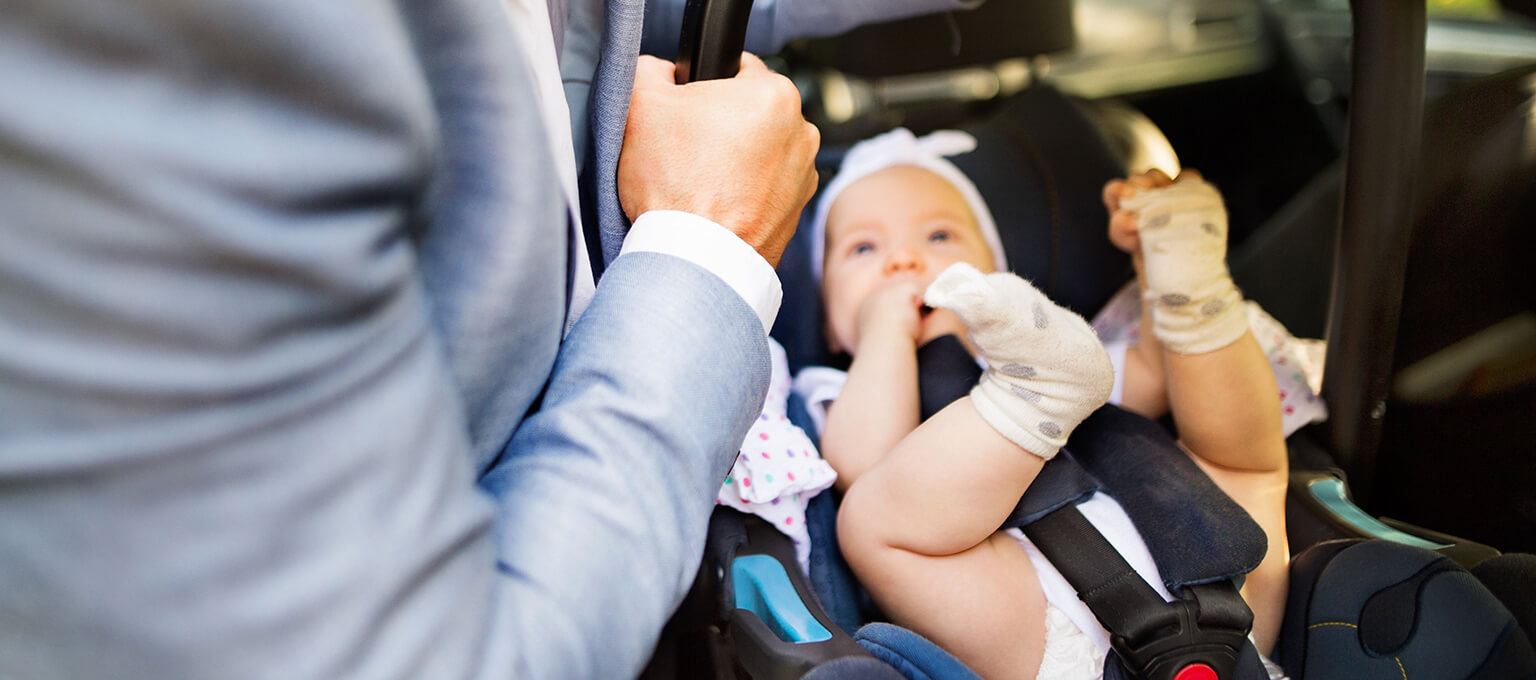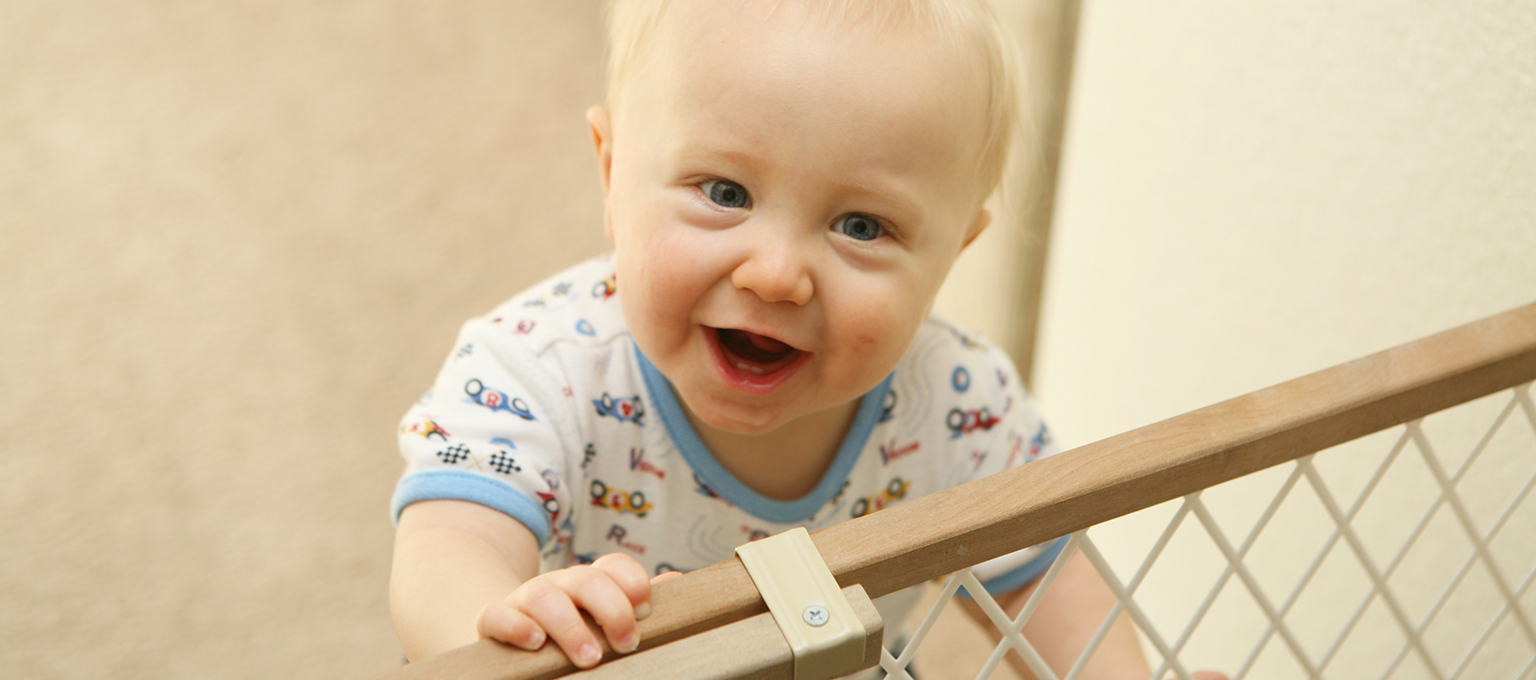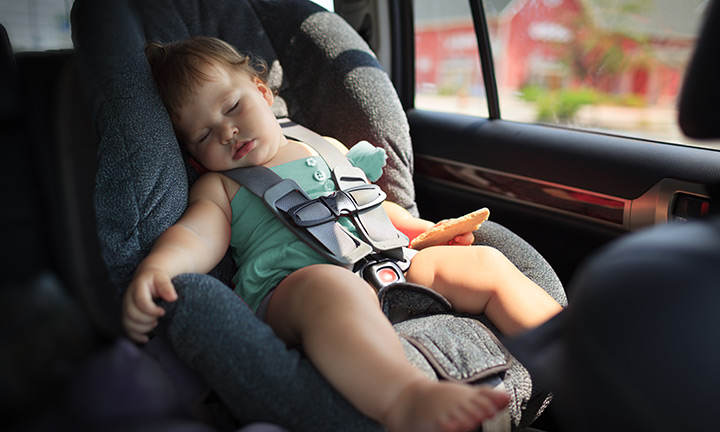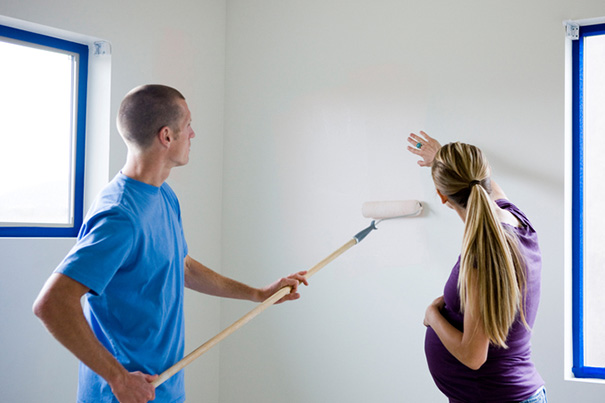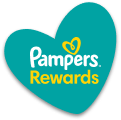
What to Pack in Your Baby’s First-Aid Kit
Having a baby first aid kit for your growing family can be super helpful for dealing with those minor cuts and scrapes, accidents, and illnesses that happen from time to time. Because you never know when or where you’ll need a first-aid kit, it’s a good idea to have one at home (instead of or in addition to a well-stocked medicine cabinet) and maybe another one to stash in your car or travel bag, just in case.
Read on to learn what baby first aid kit essentials to include, as well as tips for storing it and keeping it replenished.
What Is a Baby First-Aid Kit?
A first-aid kit is a bag or a box filled with the essentials you might need in case of a mild illness or minor emergency like a small cut or scrape. Essentially, a baby first aid kit is like a regular first-aid kit but with a few extras specifically for newborns or older babies.
For example, certain medications and devices (like infant thermometers) are designed specifically for babies and young children, so you'll want to include these in your first-aid kit.
Whether you have a newborn, older baby, or toddler, make sure you have items in your first-aid kit that are suited to your little one's needs.
What to Add to Your Baby First-Aid Kit
Here's a baby first-aid kit checklist of the basic supplies and medicines you might like to add to your kit. Many of these items can work for your whole family, while others are more appropriate for your little one. Feel free to add more items as you see fit.
Basics
Up-to-date first-aid manual with instructions on basic wound care
Phone numbers for your baby’s healthcare providers and emergency contacts
Record of your baby’s medical history and any known allergies
Bandages in different shapes and sizes
Elastic wrap bandage
Adhesive tape
Sterile gauze pads in different sizes
Eye shield or pad
Aluminum finger splint
Instant cold packs
Cotton balls and cotton swabs
Disposable non-latex gloves
Surgical face masks
Petroleum jelly
Safety pins in different sizes
Scissors
Tweezers
Hand sanitizer
Antiseptic wipes
Antiseptic solution (like hydrogen peroxide)
Eyewash solution
Bulb syringe
Sterile saline
Medicines
Make sure to check with healthcare provider about which medicines are okay to give your baby. The following are soyour me medicines you might consider keeping among your baby first-aid kit essentials or in your home medicine cabinet:
Pain relievers, such as acetaminophen and ibuprofen
Hydrocortisone cream
Antibiotic ointment
Aloe vera gel
Calamine lotion
Epinephrine auto-injector (if your baby’s healthcare provider has prescribed it)
Any prescription medications your little one takes (for travel)
How to Store Items
Aside from one of those red first-aid pouches or boxes, you could also store all of these items in a clean bin with a lid, a tackle box, or an art supply box to organize your supplies. Keeping all your medical supplies in one place and well organized ensures you won’t be searching for items in an emergency and makes it easier to see when you need to stock up on certain things.
For air travel, you might want to pack your baby first-aid kit in your checked bag, as some of the items might not be allowed in carry-on. Be sure to keep any necessary medications with you, though, in case the bag goes missing.
Where to Buy a Baby First-Aid Kit
You can buy a first-aid kit as well as the individual items that go in the kit at most pharmacies, supermarkets, and big box stores. Although some kits come filled with the essentials, you might find it’s better to put one together yourself. This way, you can assemble exactly what you need for your baby, which might be different from what a store-bought kit contains.
Keeping a first-aid kit in your car is also recommended. In that case, auto stores or sports stores might have travel versions of a first-aid kit, which you can keep in your glove compartment. Of course, feel free to include any additional baby first aid kit essentials you might want for your baby.
Keeping Your First-Aid Kit Stocked
Periodically, your first-aid kit will need to be refreshed, which means removing medicines that have expired and tossing old bandages that have lost their stickiness.
It’s a good idea to make a baby first aid kit checklist of the items that you're running low on, so you can stock up ahead of time. You don’t want to run out of something completely, because you never know when you’ll need it next.
Where to Store Your Baby First-Aid Kit
For your child’s safety, make sure the first-aid kit is kept out of their reach—for example, stowed up high in a kitchen cabinet or on the top shelf of your linen closet, but not in a place that has fluctuations in temperature or humidity like your bathroom. You don’t want your baby, toddler, or young child getting into medicine that’s not meant for them, or playing with sharp scissors—it's all important when making sure your home is baby-proofed.
Every adult and adolescent in your household should know where the first-aid kit is kept. Also, show anyone else who cares for your baby in your home, like a babysitter or grandparent, where it’s kept. Plus, give everyone instructions on how to use what’s in the kit.
When your child is old enough to understand, explain to them what the first-aid kit is and how to use what’s in it.
The Bottom Line
Putting together a first-aid kit stocked with all the first-aid kit essentials for your newborn, older baby, toddler, or older child is an easy step you can take to help care for your loved ones. Having one at the ready in case anything happens can make all the difference in an emergency and will give you that extra peace of mind. While you're here, you might also be interested in downloading the Pampers Rewards App to get rewards and discounts on your Pampers purchases.
Read more about Baby
Related Articles
Join a World of Support
through Pregnancy and Parenthood.
TRACK WITH TOOLS
LEARN WITH EXPERTS
GET REWARDED
